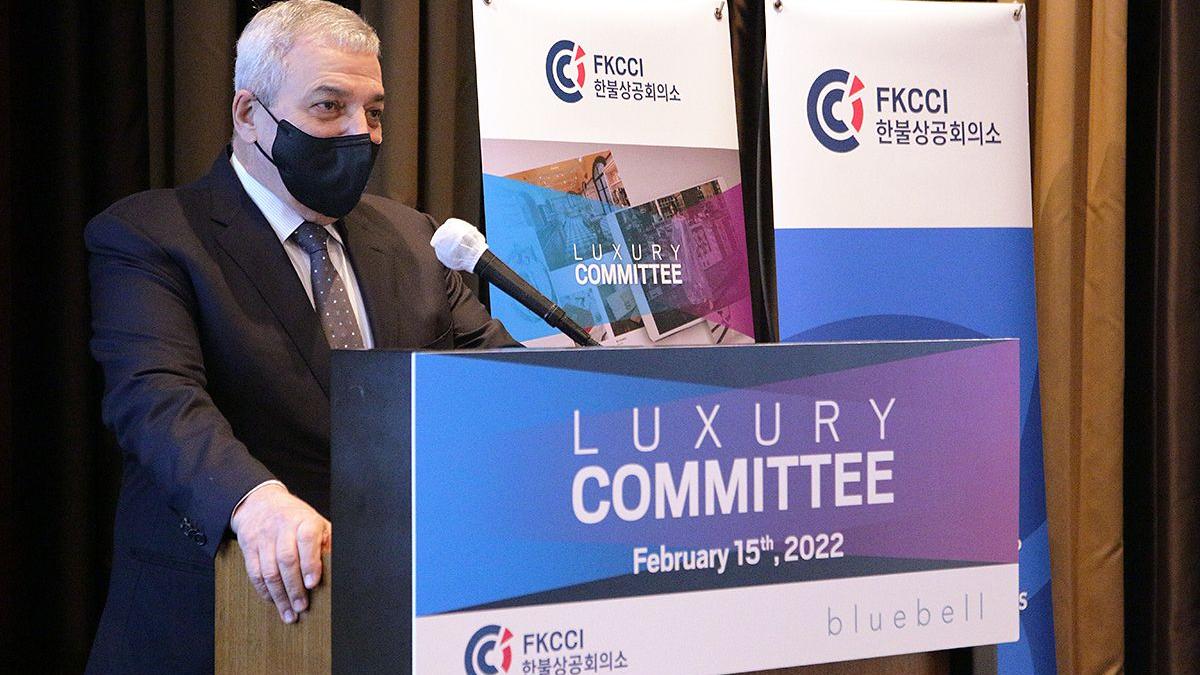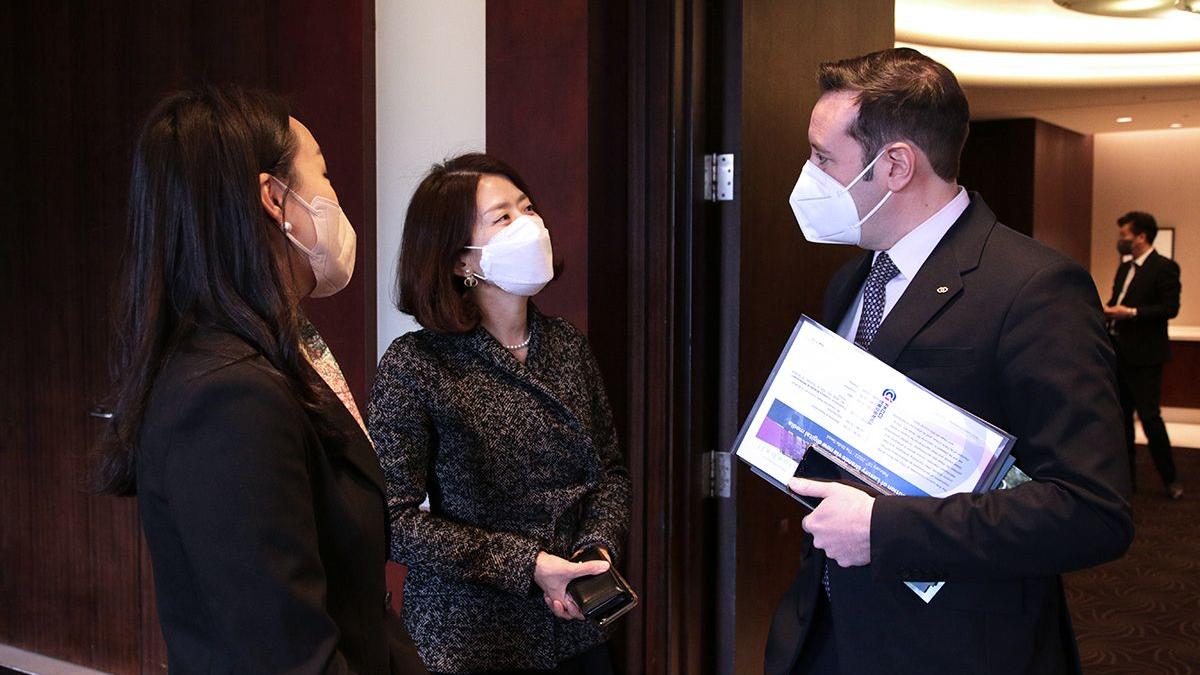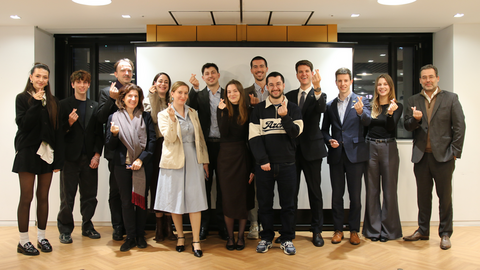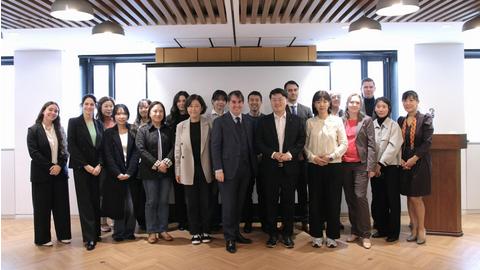Bilans d’évènement • Comités Mode - Luxe
Luxury Brands embrace a new paradigm through Metaverse: FKCCI Luxury Committee 2022
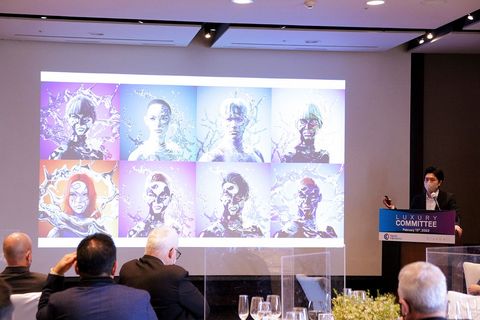
On Tuesday February 15th, FKCCI organized its first Luxury Committee of 2022 at The Shilla Seoul, with the kind support of Bluebell Korea. This edition focused on the implication of Metaverse and NFT on luxury brands, their marketing strategies, and their distribution channels. Participants included luxury brands leaders such as executives from LVMH, Kering, Christian Dior, and Louis Vuitton.
The pandemic has without doubt accelerated the emergence of a new digital ecosystem. Younger generations, MZ Generations especially, are spending most of their time online in virtual spaces. In this framework, metaverses emerge as huge market opportunity with revenue opportunity of $800 billion globally by 2024 according to Bloomberg, as highlighted in introduction by Mr. Daniel MAYRAN, Chairman of Bluebell Korea and President of FKCCI’s Luxury Committee.
Since the luxury sector is emerging as a pioneer for the use of these key technologies, FKCCI was pleased to welcome Mr. Andrew KU, CEO & Founder of ALTAVA Group. He founded a gamified social and e-commerce platform focused on the luxury sector, in partnership with renowned global fashion brands, such as Prada, Dior, Fendi, and Moncler.
According to Mr. KU, global luxury brands have indeed emerged as first movers into metaverse, to engage customers more than ever. To give an example, Balenciaga will be launching their metaverse business unit, 80% of their luxury sales are digitally influenced and nearly a fifth of sales are expected be online by 2025.
But why would metaverse be the new “Eldorado”?
For him, metaverse’s key breakthrough is characterized by a tokenized economy and a decentralized network, where every digital asset truly belongs to users and where their experiences are customized. Assets are composed of NFTs that mark ownership. Another key feature of metaverse is interoperability of different platforms and services between one another, which is crucial for understanding how metaverses connect with other metaverses for multiple different uses. In this framework, NFT is not only the final sold product, but its true value would lie within its utility: when you add more utilities and access to different metaverses to build connection, its value shoots up. NFTs aim to provide authentication, control over inventory and pricing, and transparency.
Similarities between the internet’s penetration in the 1990’s and adaptation of metaverse today suggests that in not-too-distant future, the growth of metaverse could be just like the internet. This signifies that global advertising spending would be the first to shift to metaverse advertisement. New omnichannel experiences, which integrate seamlessly, will appear as well. For example, Balenciaga has partnered with Fortnite to bring the brand’s clothing and signatures into the game. Whereas fashion shows, which are evolving significantly as well, celebrities enter a scanning cage, take poses, and will be converted into a virtual avatar.
Finally, answering participants’ concerns whether metaverse would be a threat to traditional channels, Mr. Ku asserted that metaverse is not replacing offline market, nor threatening existing business, but rather is enhancing and helping capture more commerce opportunities by adding another layer to the ecosystem.

